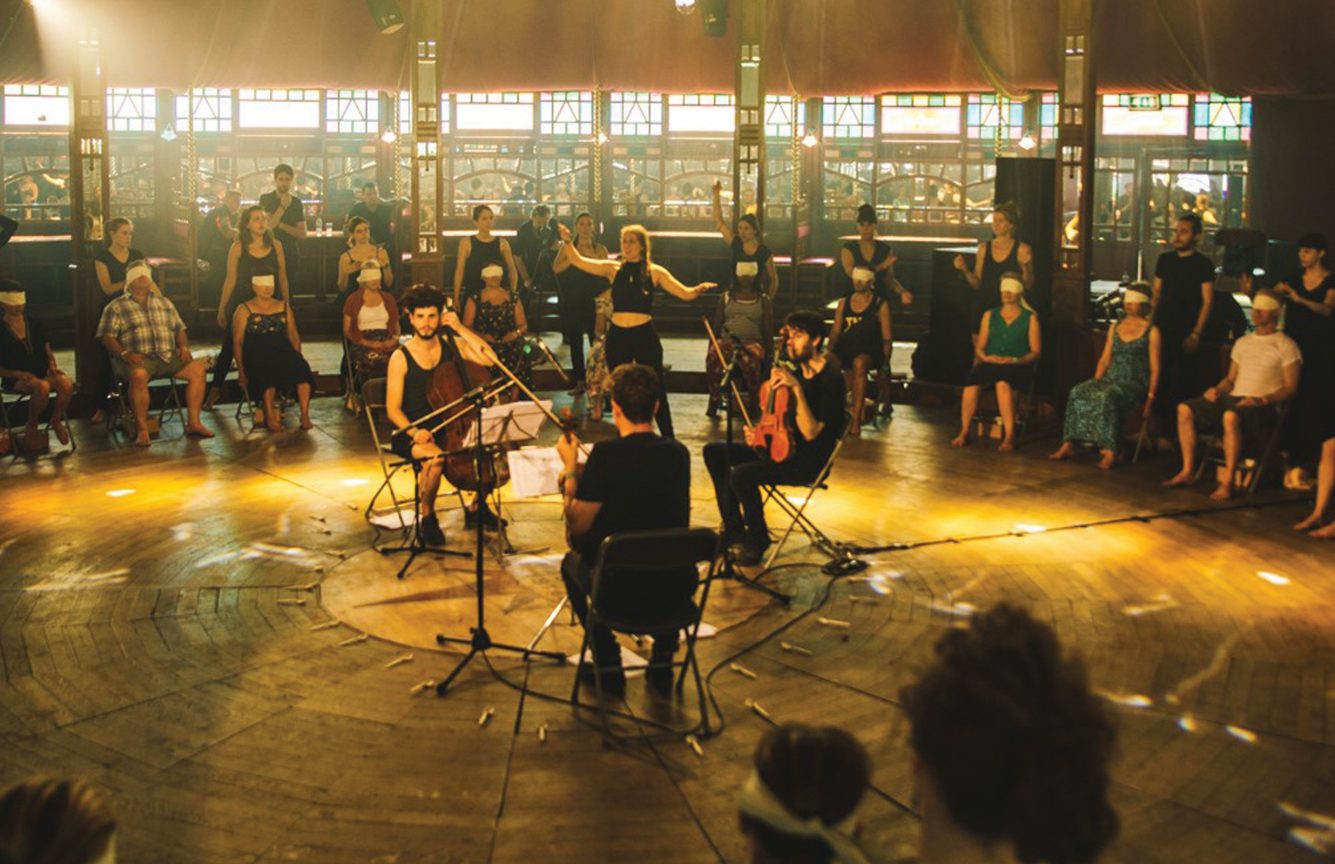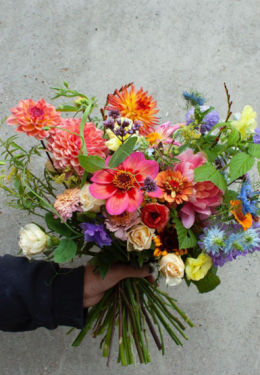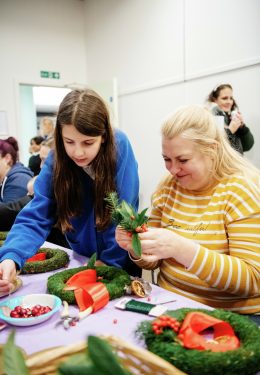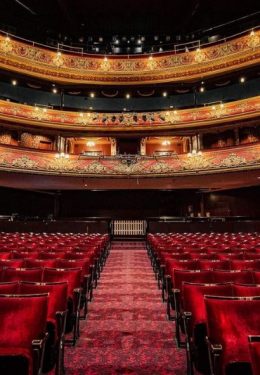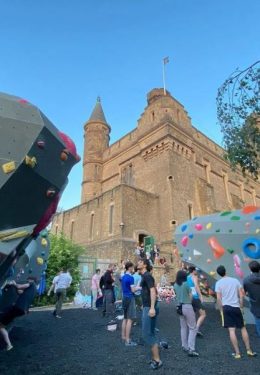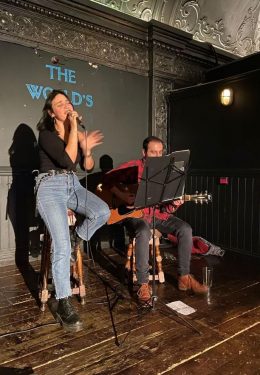Musical Mayhem
Published: Spring '16
The past few years have seen music-makers find new ways of interpreting and expressing music and sound. From the Vocal Constructivists ensemble experimenting with graphic scores in choral music, to sensory classical performances by collaboration BitterSuite. We speak to the musicians diversifying traditional genres for audiences across North and East London.
Musician and composer Stephanie Singer can’t remember a time when classical music wasn’t part of her life. Having a professional cellist as a mother meant that she was a concert-goer from a very young age. Recognising that traditional concerts weren’t accessible to younger generations, she set out to rejuvenate the experience by making it more experiential. The desire to pair music and sensory experience inspired Steph to work with other like-minded individuals – and after eight years of research into synaesthesia and sensory cross modality, BitterSuite was formed, holding its first performance, ‘Debussy’s String Quartet in G’ in 2014 at Rich Mix, Shoreditch.
BitterSuite creates one-to-one sensory experiences designed to enhance the way that people listen to classical music. Their performances are entirely immersive, using movement, touch, taste, smell and sight to challenge the audience to not just listen but to embody the music. From blindfolds denying sight, to popping candy exploding on tongues and musical massages galore, the audience become participants in the show, their bodies responding to the tastes and smells that greet them, all expertly guided by the rhythm of the music.
The team is a diverse group from around the world, living in London and performing in London and New York. There is a genuine cross-collaboration of art forms, with a team of 50 dancers, four choreographers, one chef, one perfumer and a psychologist working alongside multi-instrumentalists The Phaedra Ensemble, to create a performance with human intimacy at its core. BitterSuite plays on the notion that everything contributes to our perception of the world; as Singer explains, “Music is a story, not a note in isolation. It is an emotionally-led, subjective experience.”
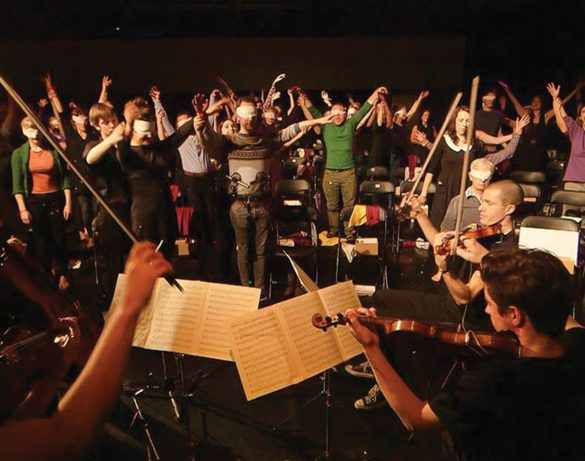
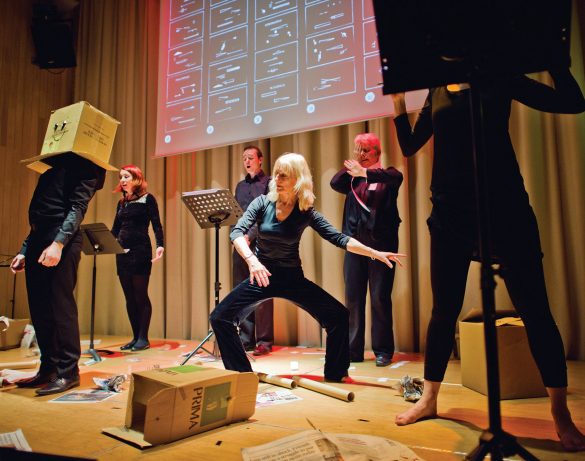
Singer enjoys seeing people really let go and connect to the music more deeply, letting the experience take over, “people can connect to the music in a purely emotional way without feeling like that necessarily have to comprehend it.” This was particularly evident during ‘Sense’, a project the team held with multi-sensory impaired people at Dalston’s Arcola Theatre. BitterSuite’s work is ever-evolving and Singer is keen to experiment with electronic pop, brass and percussion going forward.
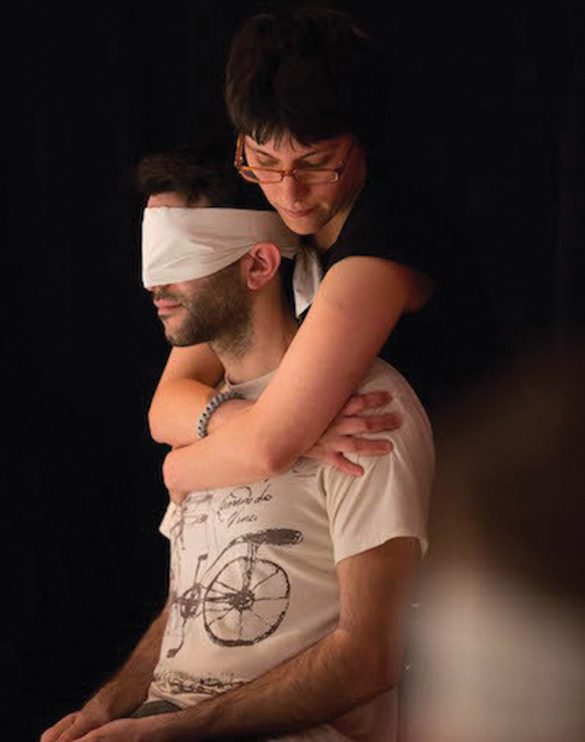
Music is a story, not a note in isolation. It is an emotionally-led, subjective experience.
QUOTE: Stephanie Singer, BitterSuite
Whilst BitterSuite is busy exploring ‘sensory scores’, the Vocal Constructivists are bringing back graphic scores. Instead of reading conventional music sheets with crochets, quavers, and ‘g’-like treble clefs, the experimental chamber choir respond to visual symbols – shapes and lines on a page. Inspired by avant-garde composers of the 1950s, the ensemble interpret these symbols in their own way, making individual decisions about pitch, instrumentation and dynamics. Their freedom is such that no two performances are ever the same. Choral singer Jane Alden, whose parents were also musicians, founded the ensemble with the purpose of realising Cornelius Cardew’s graphic score ‘Treatise’ with singers rather than instruments. The first choral performance of this took place in 2011, and since then the group have broadened their repertoire. Alden believes that it is always worthwhile questioning ‘accepted’ performance practices. The Vocal Constructivists often perform the physical architecture of concert venues using the sonic properties of surfaces such as walls, banisters and wooden pews, along with props and choreographed movements. The result is an unpredictable array of noises, sometimes awkward and bizarre, as the imagination is given free rein to produce sound.
The ensemble covers a diverse age span, ranging from 21 to 74, and is made up of improvisers as well as musicians. The beauty of their music is that participants don’t need to be able to read music at all. Alden explains, “this is based on Cardew’s theory that people unencumbered by the limitations of a formal musical education make the best music.”
